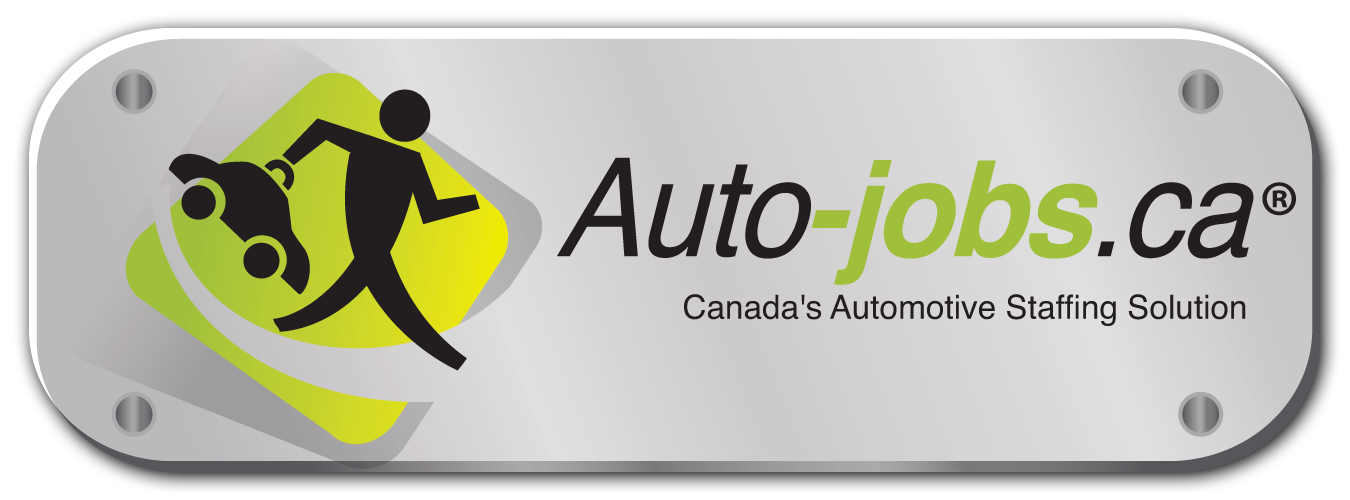Although it is a debated subject in our society, the immigration of qualified workers represents one of the major solutions to the labour shortage in the automobile industry. Here, it is the topic of conversation we had with Alana Baker, Vice President, Government Relations and Research at the Automotive Industries Association of Canada (AIA Canada).

What is AIA Canada’s point of view on international recruitment in the aftermarket automotive industry ?
Alana Baker : Canada’s labour shortage, including within the auto care industry, will not only require new and innovative domestic strategies, but also reinforcement from immigration and workers from outside the country. As such, AIA Canada is an active member of the Business Liaison Group, led by the Government of Canada’s Commissioner for Employers, as well as other stakeholder coalition groups advocating for strengthened policies to engage all eligible workers to participate in our industry’s workforce. Diversity in the workplace is an untapped potential that can play a vital role in the industry’s success. To address labour shortages, industry stakeholders support attracting foreign trained workers with automotive backgrounds or training those without.
AIA Canada works on several fronts to help attract the workers and skills we need through increased immigration and enhanced training supports.

Is international recruitment a central solution to deal with the shortage of workers in several automotive specialties ?
Alana Baker : While labour shortages may in part be caused by limited immigration pathways and difficulties in meeting Canadian automotive repair standards for foreign technicians, this is not the sole cause of labour shortages in the industry.
In 2021, there were 14,740 automotive service technicians and 49,775 members of the automotive repair and maintenance industry who were approaching or had already passed the retirement age. As these individuals retire, the industry will face a shortage of technicians and other key employees which will negatively impact the industry’s ability to meet demand for auto care services.
The industry is also affected by gender imbalance where approximately 85 per cent of the automotive repair and maintenance industry workforce identify as is male. Women workers remain an untapped resource to address labour shortages in the sector.
Moreover, shop owners face challenges in attracting qualified candidates due to a lack of necessary technical training among candidates, a lack of industry experience, and an inability to meet candidates’ salary expectations. Meanwhile candidates are also leaving due to the reported lack of career opportunities, and poor public perception of the industry or roles.
That said, international recruitment needs to be part of a holistic solution that addresses the multi-faceted nature of labour shortages. There is an immediate need for educational institutions, industry stakeholders, associations, and government regulators to work collaboratively to address these issues.
How does the AIA Canada facilitate or contribute to international recruitment?
Alana Baker : AIA Canada is actively supporting the industry by providing pertinent and measurable data on labour market gaps and shortages. We have recently completed Phase 2 of a multi-phase research initiative that aims to identify labour market challenges and develop a clear and actionable framework, ensuring targeted and effective strategies for talent attraction and retention.
We have also recommended that Government works to reform Canada’s immigration system (including bringing in more economic class immigrants and improving the Temporary Foreign Woker Program, including streamlining the Labour Market Impact Assessment application).
Which subsidies can help professionals in the aftermarket automotive industry to recruit workers abroad?
Alana Baker : There are resources available for employers looking to hire newcomers. This includes:
There are typically hiring grants available that help newcomers find job opportunities and which concurrently support employers in the talent acquisition process; however, opportunities change sometimes. For example, the Career Ready Student Placement Program.
Most commonly, hiring grants are structured as wage subsidies. This means that the grant program will cover a percentage of the employee’s wages up to a maximum amount. Certain programs prioritize newcomers by offering higher coverage for these new starters.
Furthermore, certain provinces or territories offer wage subsidies to assist employers with hiring newcomers, such as Quebec’s Employment Integration Program for Immigrants and Visible Minorities.




